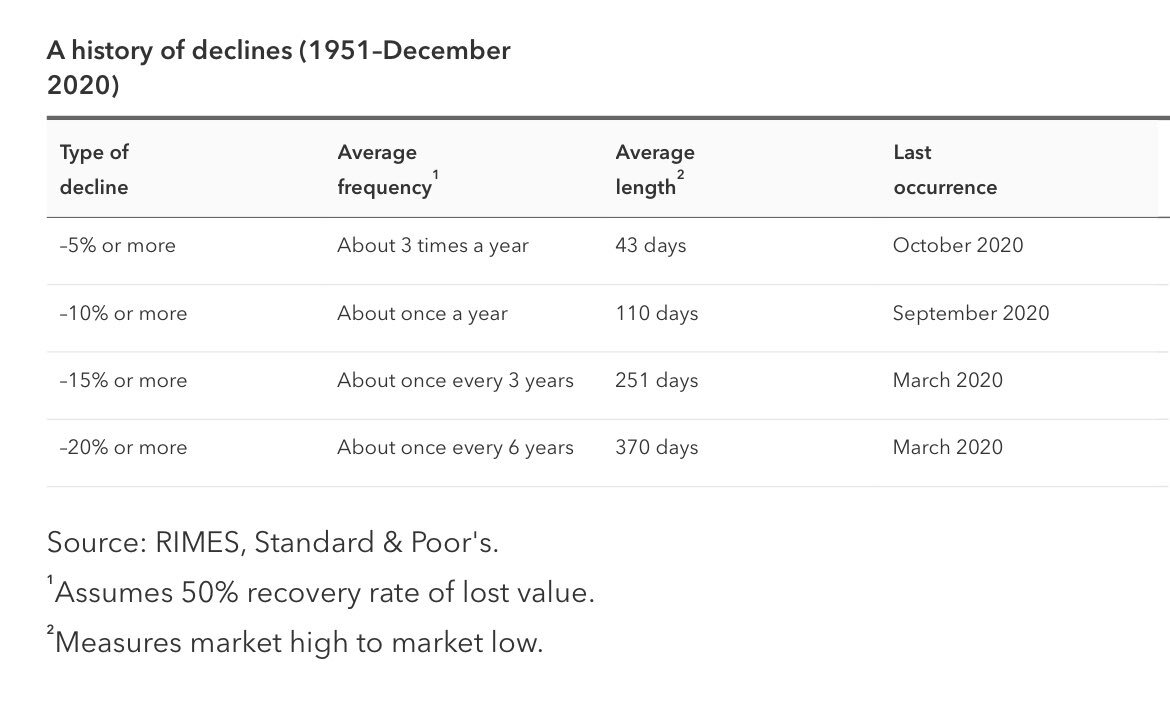First Crush, First Crash.
I had my first crush when I was in 5th grade at Riverside Elementary in Boise, Idaho (pictured here).
After weeks of waffling with what to do with my feelings, I eventually expressed them in a Valentine’s Day card. Unfortunately, it was not reciprocated.
I was as devastated as a 5th grader could be over the loss of their first crush. It was the end of the world at the time but, miraculously, I got over it.
While I’m sure these kinds of failed romances were pretty common for me growing up, I can’t really remember any of them other than that first one. Even that first one didn’t turn out to be the monumental thing I thought it was at the time.
Now as you might guess, this blog isn’t about the romantic escapades of a young financial advisor prodigy (Just kidding. I was no ‘prodigy’….I was into Ninja Turtles and basketball, not asset allocation and tax rate arbitrage).
This blog is about working through first experiences.
As the stock market has pulled back in recent weeks, I’m reminded that this pullback is the first pullback for some of our newer clients and perhaps many of you reading this blog. And while the stakes are much higher for clients and their investments than they were for my romantic aspirations in the 5th grade, I’m reminded of how even the bad events don’t seem so bad in hindsight; especially if they can give us valuable experience going forward.
Experiencing past market crashes —and their subsequent rebounds— is what helps us build the behavioral fortitude necessary for enduring the next crash.
If you’ve been a client for a while, we have a lot to draw from recently: the 20% fall in late 2018, last year’s bear market in March, etc. But if you’re a newer investor, moments like these are our experience to draw from. We can’t let the experience go to waste, and adjusting course in turbulence is how we can cause more potential damage than just sticking with our plan.
But with that said, we need a strong story to get behind so that we can stick with our investment plan, learn from what the market environment is telling us, and stay in the best position to meet our investment goals.
A Story We Can Get Behind
If you’ve read this blog for a while then you know I’m a sucker for the data. When I consider this most recent pullback, it doesn’t stand out that the stock markets have had a >5% pullback over the last month. What stands out is that it should have already happened a couple times this year and this was the first time.
See below:
Source: Capital Group
As you can see, a 5% decline happens roughly 3 times per year. The last time we saw a pullback was in October 2020 when markets were trying to digest election-related uncertainty — so it’s been a while.
It’s not unprecedented to see a long period without a dip. In 2017, the largest market decline was 3% for an entire year(!). If only that were the case every year. Unfortunately, that’s pretty abnormal.
When there hasn’t been a correction in a while it can start to feel a little like musical chairs; the longer the music plays without stopping, the more anxious you get about an upcoming pause.
While this musical chairs comparison is reasonable, we have to be careful making bold moves just because there hasn’t been a crash or because we’re worried that markets are at all-time highs.
As you can see below, investing in US Stocks (the S&P 500) at all-time highs has been slightly better than investing after a 20% fall over the last 94 years. I still like to “buy the dip”, but this is a fairly shocking statistical revelation (you’d think buying the dip would produce better results right? Me too. This is why the objective data is so important.).
The takeaway from the above should be this:
If you have time on your side it’s almost always a good time to invest regardless of where the price is today…. But time alone isn’t enough. We need to also have the discipline to stick with something when it’s tough.
Discipline is often gained from experience and if you don’t have the experience, then at least you have the research. That’s where I can help.
I’ll keep providing the research to both experienced and new investors.
If you’re doubting your investment strategy, that is also understandable. Let’s talk about it. Schedule a meeting anytime by sending an email or using this link.
In the meantime, stay optimistic. There are a lot of people who benefit from manufacturing fear and pessimism (mostly the media). We’re not going to engage with those fear mongers, they’ll have to generate their advertising revenue from someone else.
Onward,
Adam Harding | Advisor | Owner @ Harding Wealth | Amateur Midwife
(This blog from a few months back outlines a bunch of logical arguments for making investment decisions. I recommend revisiting it occasionally.)



